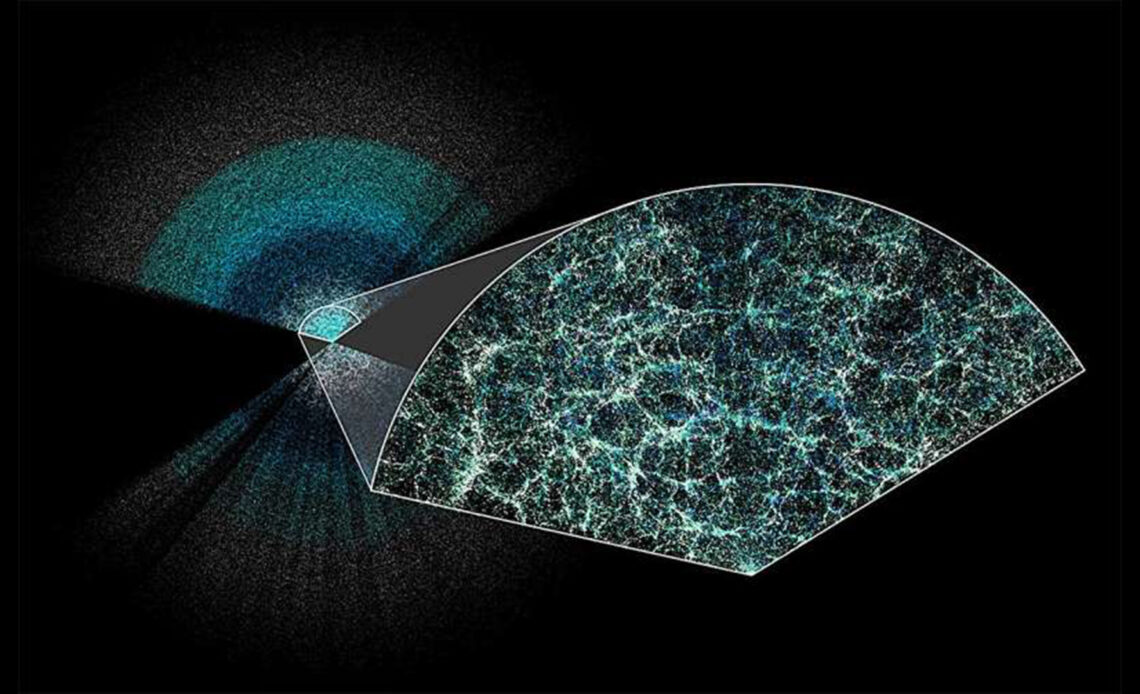It has been over two decades since the discovery of dark energy.
Scientists have therefore had more than 20 years to decode the secrets of this invisible substance that appears to be pulling the universe apart. Yet, they still know close to nothing about it. Dark energy, in fact, may not even be a substance. It could be a force or even an intrinsic property of space itself.
For instance, the standard model of cosmology — our leading theory of cosmic evolution — does suggest dark energy is unwavering across the universe and throughout time, making it a fundamental property of space. If constant, the mysterious dark energy that makes up a whopping 70 percent of the universe would push away all stars and galaxies. However, the biggest survey of the universe’s cosmic history could indicate that dark energy, also known as a hypothetical “anti-gravity” force, may evolve with time rather than remain constant, hinting at a less lonely future for residents of the universe.
If this early result holds with future observations, cosmologists may have to, at the very least, explore systematic uncertainties in the prevailing Lambda CDM (LCDM) model, a mathematical model of the universe in which lambda represents dark energy. They may also need to start sifting through dozens of other models of our universe to find the true best fit. Still, the evidence is tentative — it does not reach what’s known as the “5-sigma threshold,” which determines whether a signal can be celebrated as an official discovery. So, continuously emerging interpretations about dark energy’s evolution could change with more data scheduled to come within the next few years.
“If this is true, this just turns cosmology upside down,” said Dillon Brout of Boston University, who measures the acceleration of the universe with supernovas. Such a discovery would be a “paradigm shift in our thinking of what our best understanding of our universe is.”
Streetlights of the universe
Perched atop the Nicholas U. Mayall 4-meter telescope at Arizona’s Kitt Peak National Observatory, the Dark Energy Spectroscopic Instrument, or DESI, pinpoints positions of a million galaxies each month. Through these observations, cosmologists can measure the universe’s expansion rate as it increased over the past 11 billion years. These faraway galaxies, which can be likened to the “streetlights of the…
Click Here to Read the Full Original Article at Livescience…

